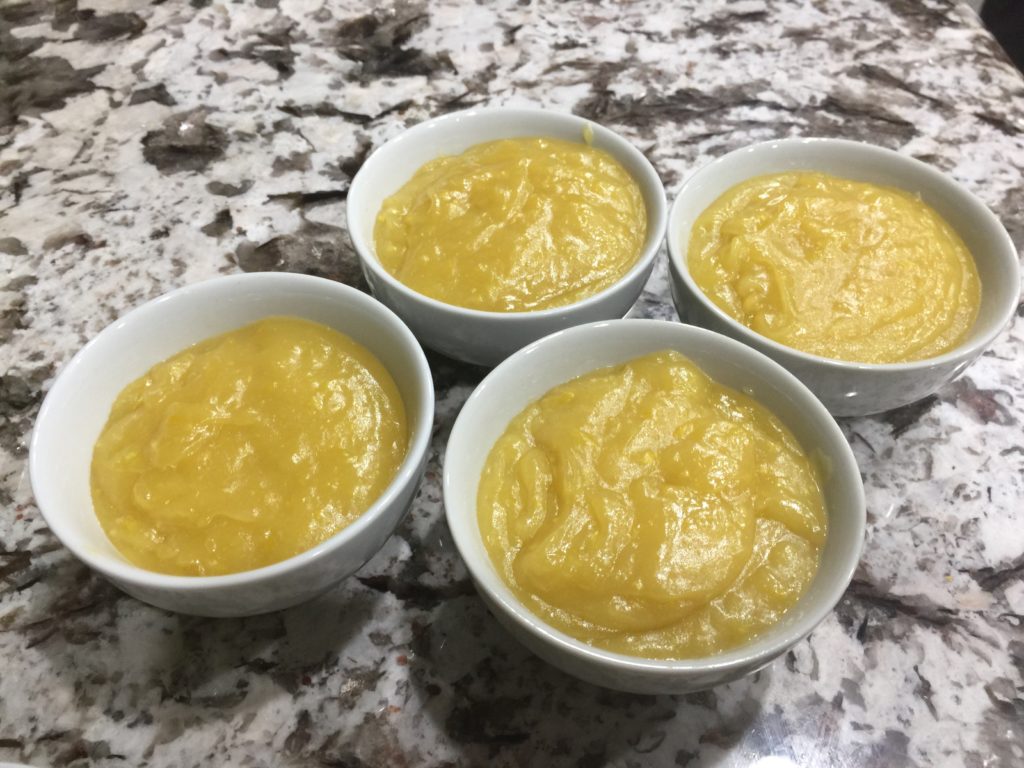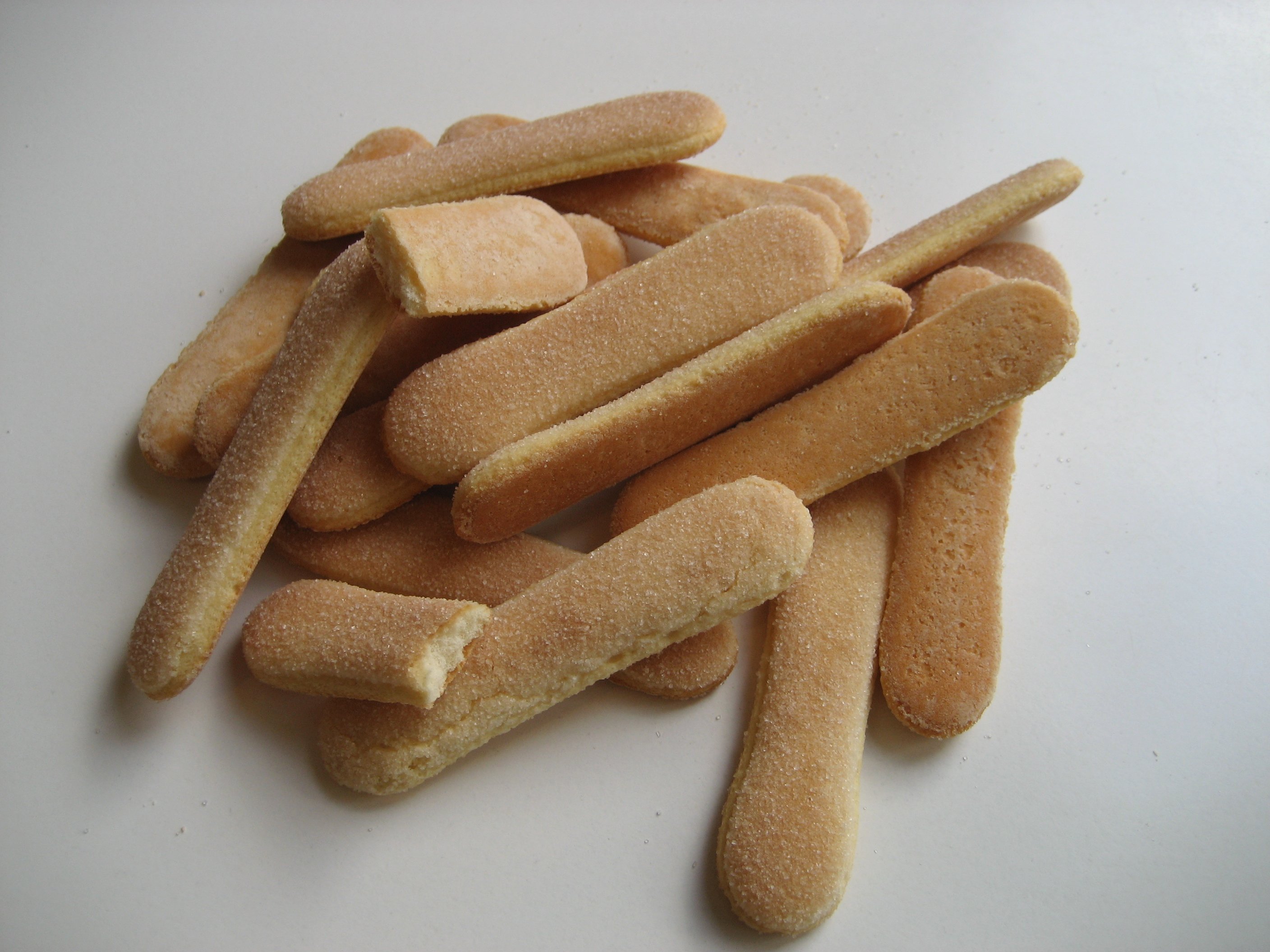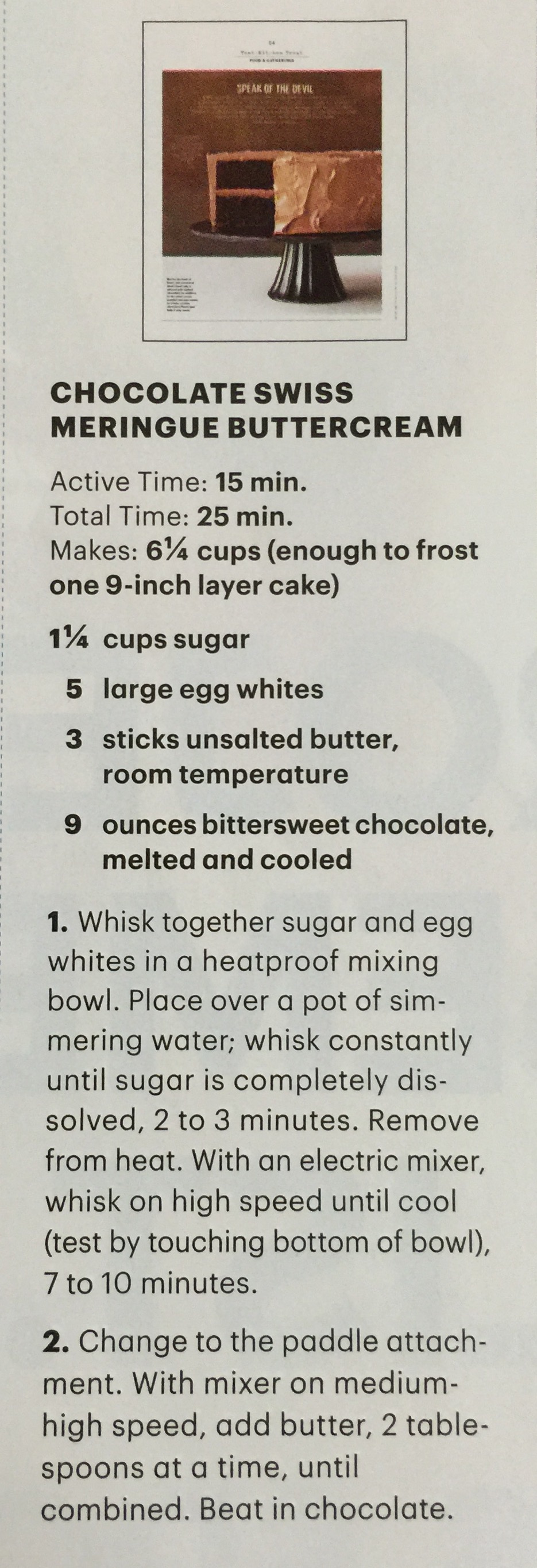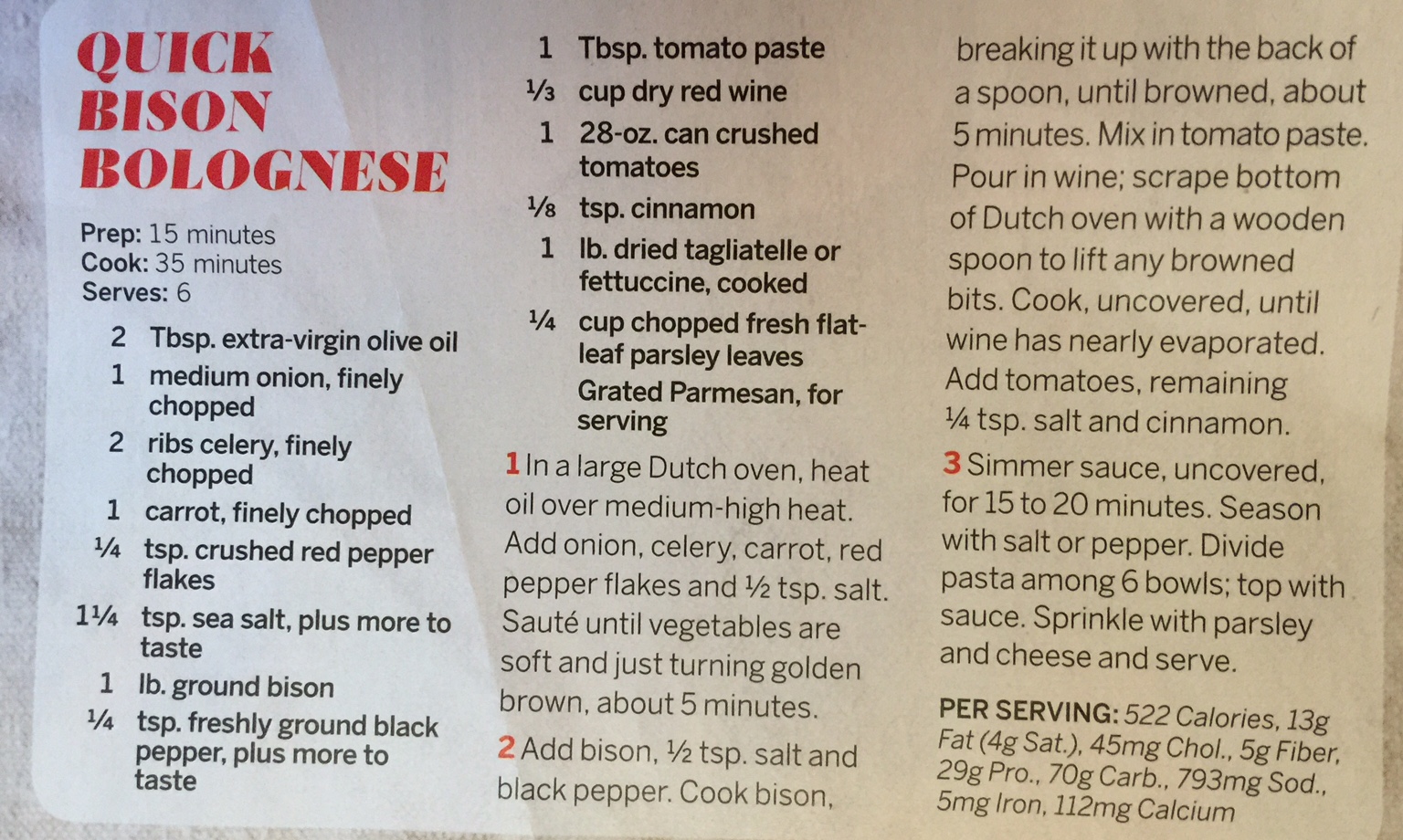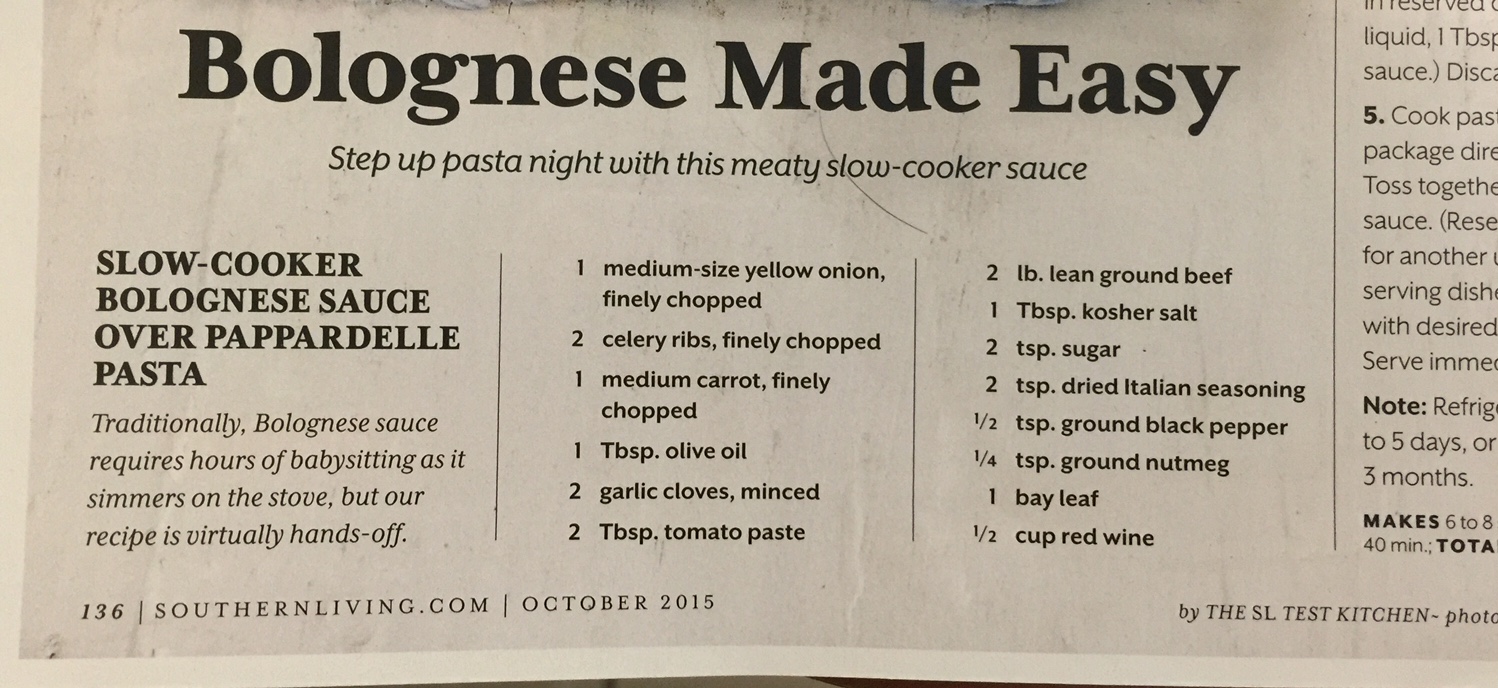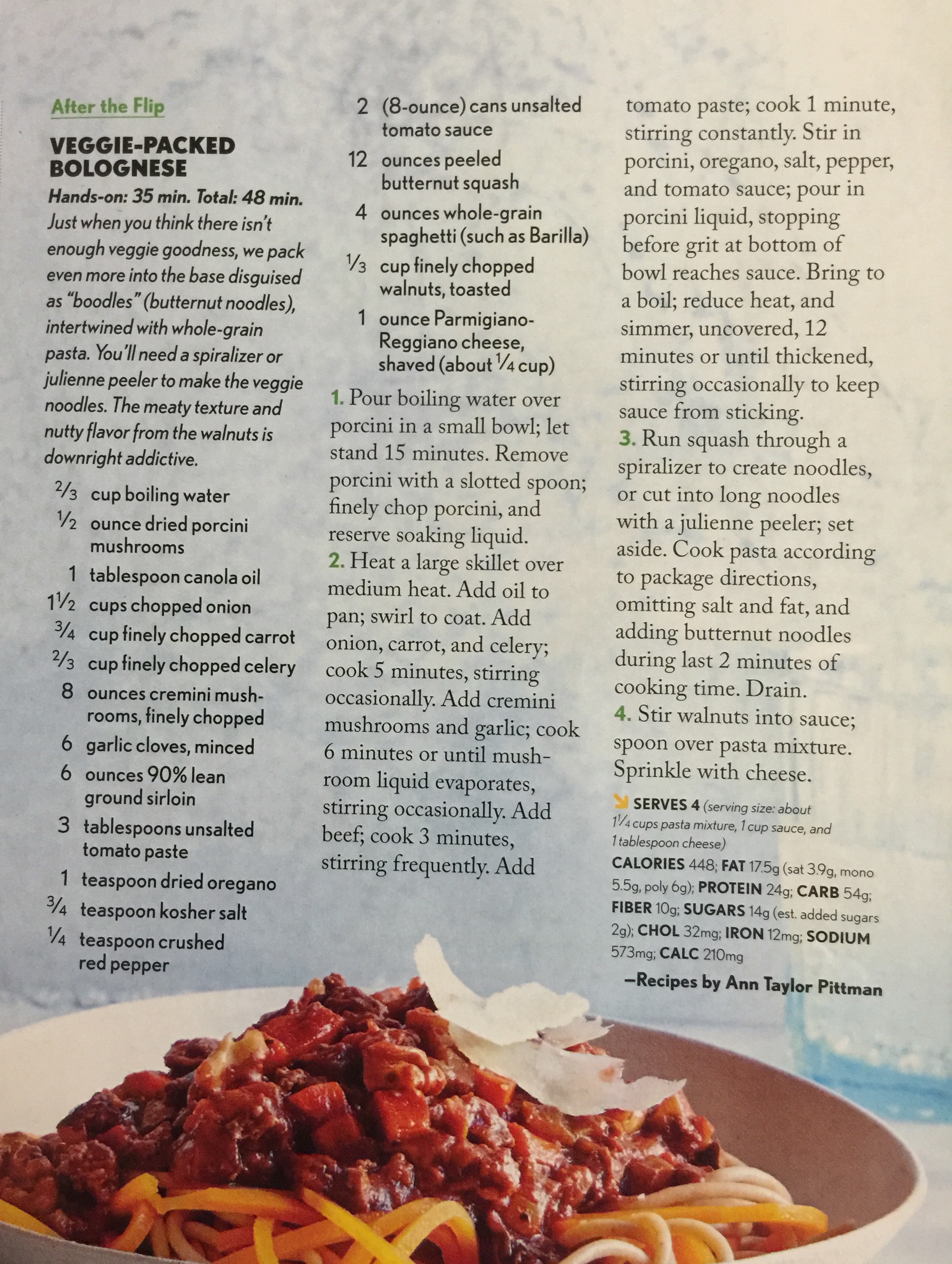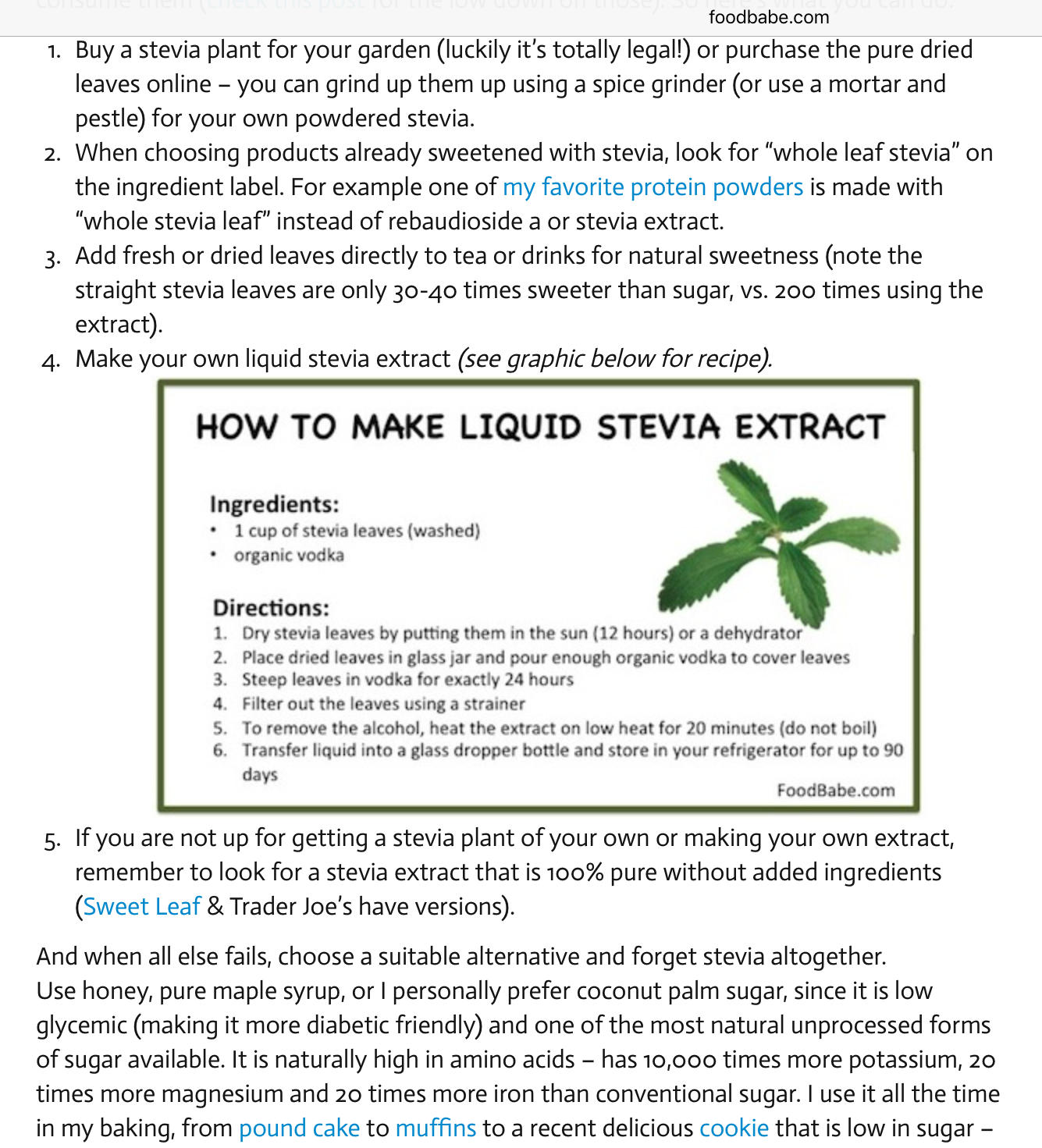Taste test on Am Test Kit shows BelGioioso Ricotta con Latte whole milk as the #1 winner, and Galbani Ricotta as the runner up. Here are a few other recipes as well.
Ricotta should be velvety, luscious, and smooth and should NOT have curds in it like cottage cheese. It should have a barely sweet taste.
Whole Milk Ricotta
INGREDIENTS
- 1 1/2 quart whole milk . Organic is better . Homogenized and Pasteurized is OK . ULTRA Pasteurized is not OK
- 1 pint heavy cream
- 12± leaves of basil, thyme or cilantro – whole
Separation Agents
- 1/3 C lemon juice and 1/3 C vinegar (or 1/2 C rennet)
- After removed from heat: 1 tsp salt
STEP BY STEP
- Heat milk mixture on medium high until it simmers – about 150º
- Add 1 C heavy cream
- Lower heat and continue cooking until temperature hits 190º or higher. Never ever more than 200º
- Add lemon and vinegar (or rennet) – preferably lemon
- Add whole basil leaves (not flakes) to the milk
- Stir to incorporate and simmer 3 more minutes
- Remove from heat
- Stir occasionally for the next 15 minutes. This will precipitate out into milk solids
- Let rest for 5 – 10 minutes – Remove basil leaves
- Spoon into cheese cloth
- Use your best judgement: Let it drain until the whey has drained from the edge of the cheese, but the center is still very moist. This will take AT LEAST 8 minutes.
- For a denser ricotta, let it drain until the center is also no longer wet (about 15 more minutes)
- (Alternate: Refrigerate and drain 8-12 hours)
- Turn out into a bowl – a bit of residual whey is OK.
- Add salt and mix by hand – Add a touch of cream for a smoother consistency – Not too much though, you don’t want it to get runny.
- Let rest for at least 2 hours in the fridge before using
- Will keep for up to 7 days (covered) in the fridge
- For a SWEET RICOTTA for desserts
- Mix in 1/2 C powdered sugar
- 1 tsp vanilla extract
- 2 tsp Cinna Sugar
- To finish, and actually prepare your dessert . . .
- Heat up 1/4 C white sugar, 1/4 C brown sugar and 2-3 tsp lemon juice
- Bring up to a boil
- Add Strawberries and maple syrup
- Toss together and bring back to a simmer
- Remove from heat
- Put Sweet Ricotta onto brioche French toast
- and top with Strawberry mixture
The following two recipes are from CheeseMaking.com
Here are others:
Whey Ricotta
Ricotta is produced from a mixture of heat and acid. It can be made from whole or skim milk. Raw milk can be used when making Ricotta, since the heat treatment during curd formation more than meets heat requirements for pasteurization.
When made from a mixture of milk and whey it is called Ricotone.
Heat Whey & Add Salt
When making whey Ricotta, use leftover whey from a batch of cultured cheese. The fresher the whey the better.
Heat the whey, without agitating. Once it reaches 160°F, if desired, you can add 5-12% of fresh milk can be added to improve the richness and yield.
Continue heating to 170°F then add 1/2 tsp of salt for every gallon of whey, mix in quickly.
Continue heating without agitation to 185°F and hold at this temp until the ricotta rises.
Note: Some people heat to jsut below boiling (200F), this is not necessary, but it will not be a problem if the whey heats well into the 190’s.
Add Citric Adic
This step is optional
Mix 1/2 tsp. of citric acid per gallon of liquid. The citric acid should be dissolved in 1/2 cup water. Add quickly the pot and stir briskly for 5-10 seconds.
Watch the curd forming small flakes and gradually larger curd masses. Add a bit more more citric acid solution if necessary.
Note: If too much acid is added, the curds will sink to the bottom and the cheese will not be sweet. The correct amount of acid will produce a clear separation of white curds and bright green whey.
Gently Move Curd
As the curds rise, use a perforated ladle to gently move them from the sides to the center of the pot. These clumps of curd will begin to consolidate floating on top of the liquid.
Let the curds rest for 10-15 minutes. This is important because it is the point where the final Ricotta quality is assured.
Drain Ricotta
Ladle the curds gently into draining forms (No cheese cloth should be needed if you were patient in the previous step). Let the curds drain for 15 min up to several hours.
For a fresh light ricotta, drain it for a short while (until the free whey drainage slows) and chill to below 50F. For a rich, dense and buttery texture allow it to drain for an extended period of time (several hours). before chilling overnight
Move to a refrigerator or cold room. Consume within 10 days.
Another Whole Milk Ricotta
Prepare Citric Acid
Add 2 tsp of citric acid per gallon of milk used and dissolve this in 1 cup cool water.
Add 1/2 of the Citric Acid solution to one gallon of milk, save the rest of the citric acid.
Stir the milk briskly for 5-10 seconds.
Heat Milk
Add 1 tsp of salt to the milk then heat the milk slowly on low to med heat, stirring well to prevent scorching
Extra Citric Acid, if Needed
At 165-170F watch for small flakes forming in the milk and the separation into small flaky curds.
If after a few minutes you do not see the flakes forming, add more of the Citric acid until they form. Do this in 1 Tbsp increments, to avoid over acid milk.
At this point, when you see the curds, A slower stirring is essential to avoid breaking up the small bits of curd that have formed. Excess stirring will cause smaller and very granular curds to form. I tend to just roll the milk slowly with a bottom to top stirring motion.
Gently Move Curd
Continue heating to 190-195F then turn the heat off. The thermal mass of the whey will hold at this temp for quite some time. The higher temp is used here because of the additional proteins found in whole milk vs whey.
As the curds rise, use a perforated ladle to gently move them from the sides to the center of the pot. These clumps of curd will begin to consolidate floating on top of the liquid.
Let the curds rest for 10-15 minutes. This is important because it is the point where the final Ricotta quality is assured.
Drain Ricotta
Ladle the curds gently into draining forms. No cheese cloth should be needed if you were patient in the previous step. Let the curds drain for 15 min up to several hours.
For a fresh light ricotta, drain it for a short while, until the free whey drainage slows, and chill to below 50F. For a rich, dense and buttery texture allow it to drain for an extended period of time (several hours). before chilling overnight
Move to a refrigerator or cold room. Consume within 10 days
Christopher Collins Sweet Ricotta
- 2 C heavy whipping cream
- 2 C whole milk
- Heat until it reaches 200º
- 1/4 white vinegar
- 1/4 lemon juice
- 1 tsp salt
- Heat until they start to separate
- Ladle through a fine strainer – Keep the solids and discard the whey
- Put into a fridge overnight to continue to drain (12 hours)
- Mix 1 C powdered sugar, 1 TBL vanilla, and 1 tsp nutmeg
- Heat 1/2 C white sugar
- 1/2 C Brown sugar
- 2 TBL Lemon juice
- Bring to a boil and dissolve
- Add in 4 C pieced strawberries
- Add 1/4 C maple syrup
- Heat at a low simmer for 45 minutes
- Toast slices of brioche bread
- Put a large dollop of ricotta on the bread
- Top with Strawberry preserves

